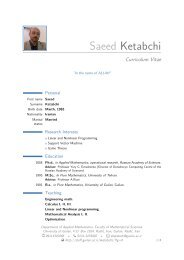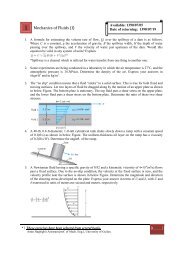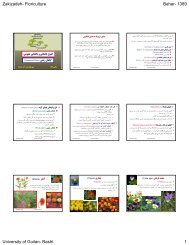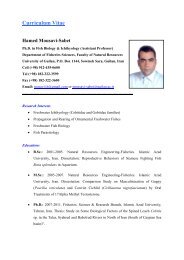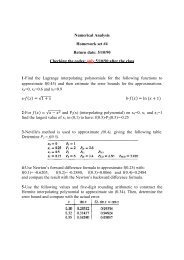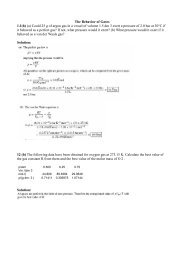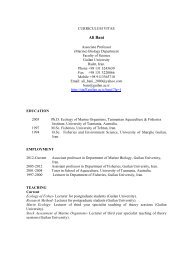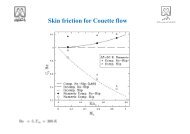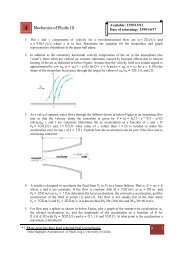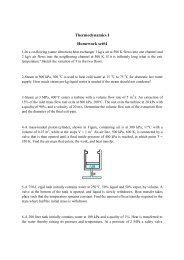Medical Tourism in Developing Countries
Medical Tourism in Developing Countries
Medical Tourism in Developing Countries
- No tags were found...
You also want an ePaper? Increase the reach of your titles
YUMPU automatically turns print PDFs into web optimized ePapers that Google loves.
Plastic Surgery is Not Peanuts ● 23emerg<strong>in</strong>g dist<strong>in</strong>ctions that seemed no less divisive. While chapter 1 brieflydescribed some contemporary issues <strong>in</strong>volved <strong>in</strong> nam<strong>in</strong>g and classify<strong>in</strong>gdevelop<strong>in</strong>g countries, the descriptions below are more global <strong>in</strong> perspective.Samuel Hunt<strong>in</strong>gton, for example, divided countries by culture and proposedthe “big cultural divide.” 11 Robert Kaplan focused on regions with ethnicstrife and those without. 12 Barnett and Gaffney divided the world <strong>in</strong>to thefunction<strong>in</strong>g core of globalization (<strong>in</strong>clud<strong>in</strong>g Western democracies, Russia,and Asia’s emerg<strong>in</strong>g economies), and the non<strong>in</strong>tegrat<strong>in</strong>g gap (<strong>in</strong>clud<strong>in</strong>gcountries that rema<strong>in</strong> disconnected from globalization due to political culturalrigidity, such as the Middle East, or because of poverty, such as CentralAsia, Africa, and Central America). 13 This is similar to Thomas Friedman’sdivision of countries <strong>in</strong>to those that buy <strong>in</strong>to the flat world and those thatdo not. 14 <strong>Countries</strong> have even been divided accord<strong>in</strong>g to their membership<strong>in</strong> a world trade club (such as Birdsall and Lawrence’s modern trade clubsthat <strong>in</strong>clude multilateral associations such as the UNWTO and regional onessuch as NAFTA, MERCOSUR, and APEC 15 ).Each of these post–Cold War concepts of the world share an acknowledgmentof globalization and its tendency to tie countries <strong>in</strong> a complex setof economic relations. Such globalization entails a large <strong>in</strong>crease <strong>in</strong> economic,social, and cultural <strong>in</strong>terdependence between countries of theworld. 16 While countries have been l<strong>in</strong>ked to the <strong>in</strong>ternational economy forcenturies (witness the role of global trade <strong>in</strong> eighteenth century imperialism,dependency relations <strong>in</strong> the twentieth century, export promotion policies ofthe 1980s and 1990s, etc.), 17 what is new <strong>in</strong> the current era of globalizationis the volume and the nature of <strong>in</strong>ternational economic <strong>in</strong>teraction. 18Another new factor <strong>in</strong> globalization is the predom<strong>in</strong>ance of services. Indeed,Prestowitz claims that contemporary globalization is different from previousones because it is less driven by countries or corporations and more bypeople. 19 People are the providers of services. Moreover, the world economicenvironment of the twenty-first century is characterized by the <strong>in</strong>ternationaltrade of those services.Globalization, the grow<strong>in</strong>g importance of services, and the <strong>in</strong>creased<strong>in</strong>ternational trade of those services are all discussed below with special referenceto tourism, health care, and medical tourism.GlobalizationIn the twenty-first century, not only has the sheer magnitude of flows ofcapital, goods, services, and labor <strong>in</strong>creased, but the speed, pervasiveness,and impermanence of <strong>in</strong>ternational transactions have also become apparent.Advances <strong>in</strong> technology and the spread of <strong>in</strong>formation have altered the






